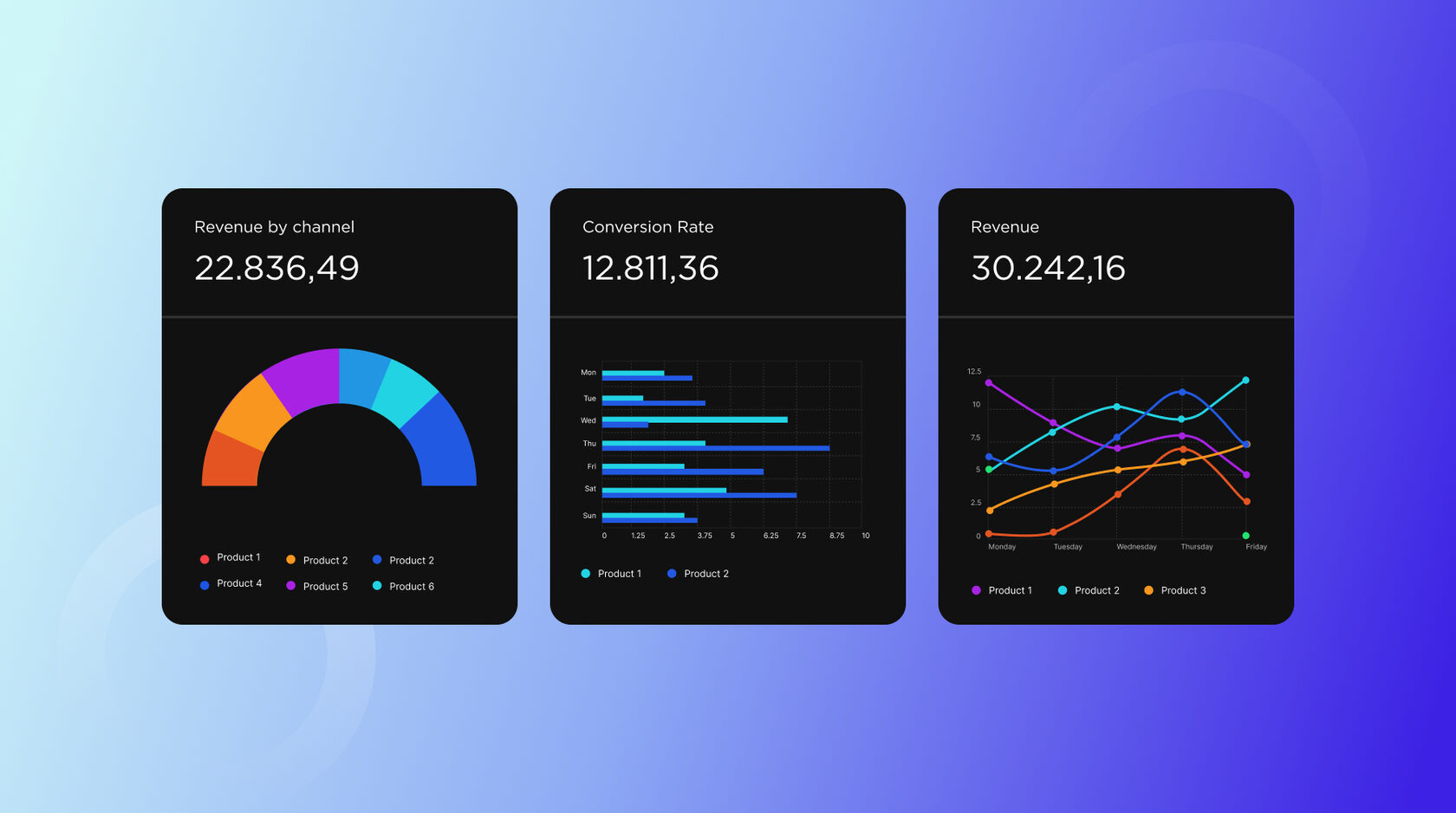In today’s digital age, the performance of your website is a critical factor that can determine the success or failure of your online presence. Understanding and optimizing website performance is not just about improving speed or reducing bounce rates; it’s about creating an exceptional user experience that keeps visitors engaged and coming back for more. This is where performance analytics play a crucial role. By systematically collecting and analyzing website performance data, businesses can unlock insights that lead to actionable improvements, ensuring their website meets and exceeds user expectations. Leveraging performance analytics allows for a deep dive into the intricacies of how users interact with your site, providing a clear path towards optimization.
Collecting Website Performance Data
Tools for Data Collection
The first step towards optimizing your website is to gather the necessary data, and for this, the right tools are indispensable. Google Analytics stands out as a comprehensive solution for tracking user behavior and site engagement, offering a wealth of data on how visitors navigate your site. For technical performance assessments, WebPageTest offers detailed analyses of loading times and performance bottlenecks, while Pingdom provides real-time monitoring and alerts, ensuring you’re always aware of your site’s status. These tools are essential for a holistic approach to performance analytics, allowing you to capture a wide array of performance indicators.
Key Metrics to Track
When it comes to performance analytics, certain metrics are pivotal in understanding your website’s effectiveness. Loading speed is paramount, as it directly affects user satisfaction and engagement; a slow-loading site can drive visitors away before they’ve even had a chance to engage with your content. Page views and bounce rate are also critical metrics, offering insights into how your content resonates with your audience and identifying potential areas for improvement. Tracking these metrics provides a foundation for analyzing your website’s performance and setting the stage for optimization strategies.
Analyzing Website Performance Data
Interpreting Key Metrics
With data in hand, the next step is to interpret these metrics to understand the health and efficiency of your website. Loading speed, for example, is a direct indicator of the technical performance of your site; analyzing this metric can help you pinpoint specific elements that are slowing down your site. Similarly, by examining page views and bounce rates, you can assess user engagement and identify content that either captivates or repels your audience. Performance analytics serve as a guide in this process, offering the insights needed to understand the user experience on a granular level.
Identifying Trends and Patterns
Beyond individual metrics, performance analytics also involve looking at trends and patterns that emerge over time. Seasonal variations in traffic can inform content and marketing strategies, while device-specific performance data helps ensure your site is optimized for all users, regardless of how they access it. By identifying these trends, you can make informed decisions that align with user behavior and preferences, further enhancing the overall performance of your website.
Implementing Improvements Based on Data Analysis
Optimization Strategies
Beyond individual metrics, performance analytics also involve looking at trends and patterns that emerge over time. Seasonal variations in traffic can inform content and marketing strategies, while device-specific performance data helps ensure your site is optimized for all users, regardless of how they access it. By identifying these trends, you can make informed decisions that align with user behavior and preferences, further enhancing the overall performance of your website.
A/B Testing for Performance Enhancements
To ensure these improvements have the desired effect, A/B testing is an invaluable tool. This method allows you to compare different versions of your website to see which performs better, providing empirical evidence to support your optimization efforts. Whether it’s a new layout, faster loading elements, or different content structures, A/B testing helps refine your website based on solid data, ensuring that every change contributes positively to your site’s performance.
Conclusion
In the realm of digital marketing and online presence, performance analytics is not just a buzzword; it’s a fundamental aspect of website optimization. Through diligent data collection, thorough analysis, and strategic implementation, you can transform your website into a high-performing, user-friendly platform. Remember, the goal of collecting and analyzing website performance data using performance analytics is to create a seamless, engaging user experience that drives success in today’s competitive digital landscape. By following this structured approach, you can ensure your website not only meets but exceeds the expectations of your users, setting your online presence apart from the rest.
